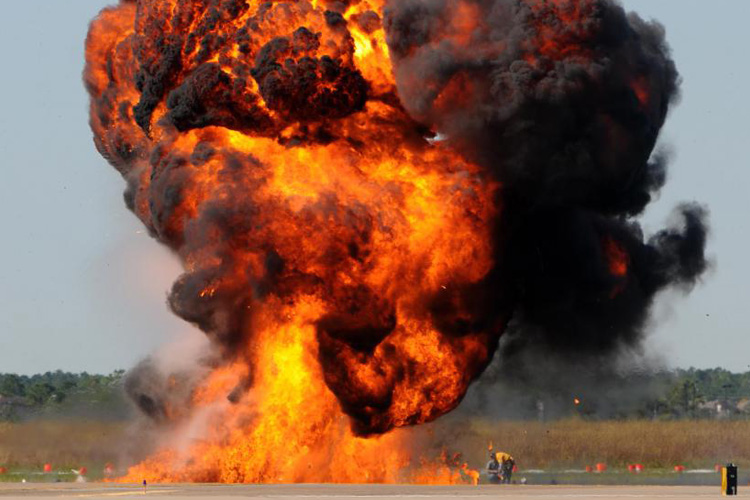Many people downplay the dangers of combustible dust but they are devastating. The fact is, there is plenty of misconceptions about combustible dust, especially on its risks, the laws and what industries can do to stay safe.
The following are five things that you probably don’t know about combustible dust.
Combustible dust causes facility fires almost every day
Most people only hear about the big explosions or hefty penalties for big companies. However, this is not the complete picture.
In 2012, an analysis of data from the Department of Homeland Security’s National Fire Incident Reporting System (NFIRS) by the Combustible Dust Policy Institute shows that in 2011, over 500 combustible dust explosions and fires occurred. Most of these incidences were minor and the facilities just got lucky.
These are just 75% of reported fires, the others are not reported.
Combustible Dust Incidents are Preventable
The fact is, dust should never be allowed to reach a point of causing an explosion or fire. OSHA recommendations state that dust should not accumulate more than 1/32 of an inch on more than 5% of the facility floor.
According to investigations carried out by the U.S. Chemical Safety Board, combustible dust incidents are preventable.
This goal can be reached by implementing proper dust control measures.
You can be cited for combustible dust violations
OSHA can site your facility for violations of 18 different standards and this includes the main housekeeping standard 29 CFR 1910.22. You can also be issued with fines under the General Duty Clause for hazards not specifically addressed in the OSHA standards.
The National Fire Protection Association (NFPA) dictates how OSHA handles fire prevention. Study and comply with the NFPA 652: Standard on the Fundamentals of Combustible Dust to avoid penalties and fines.
Your dust should be tested even if you’ve never had an incident
The NFPA 652 dictates that your dust should be tested and the data kept on file. Your facility’s dust can be tested in a private lab or by OSHA. After testing, you may be asked to conduct a Dust Hazard Analysis to evaluate the risks and hazards if the set-ups produce combustible dust.
Your cleaning equipment should meet the requirements
All your housecleaning equipment should be tested and certified by the Nationally Recognized Testing Laboratories (NRTLs).
You are also required to have an ATEX certification, an EU directive that covers equipment for use in explosive atmospheres.
The APEX certification represents some level of safety, meaning you should know the following:
- Some APEX certification classes are self-certified, this means that there’s no third party testing or verification needed.
- OSHA clearly states that those products used in the U.S. should have one of the NTRLs recognized safety marks.
It is in you and your facility’s best interest to understand combustible dust risks and the guidelines surrounding it. This will put you in a position to avert explosions and fires.













